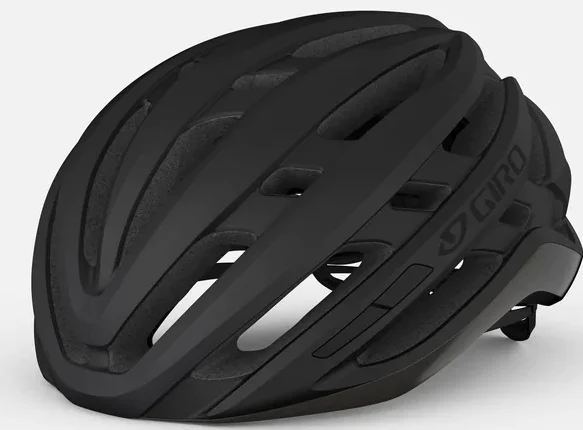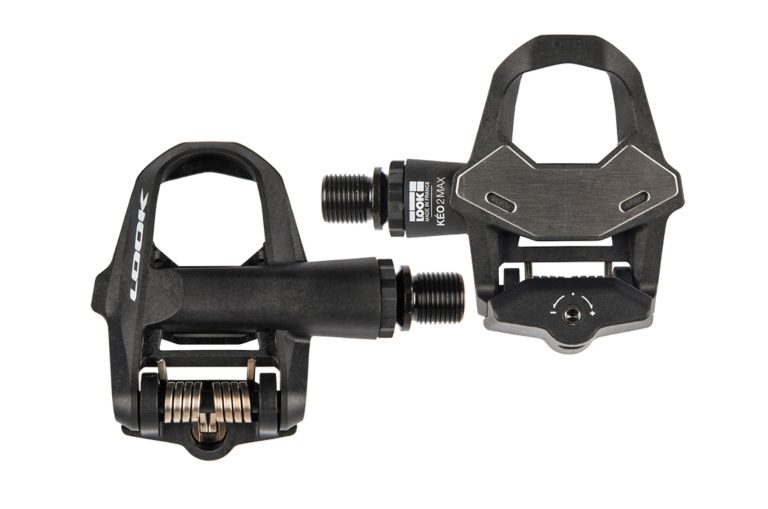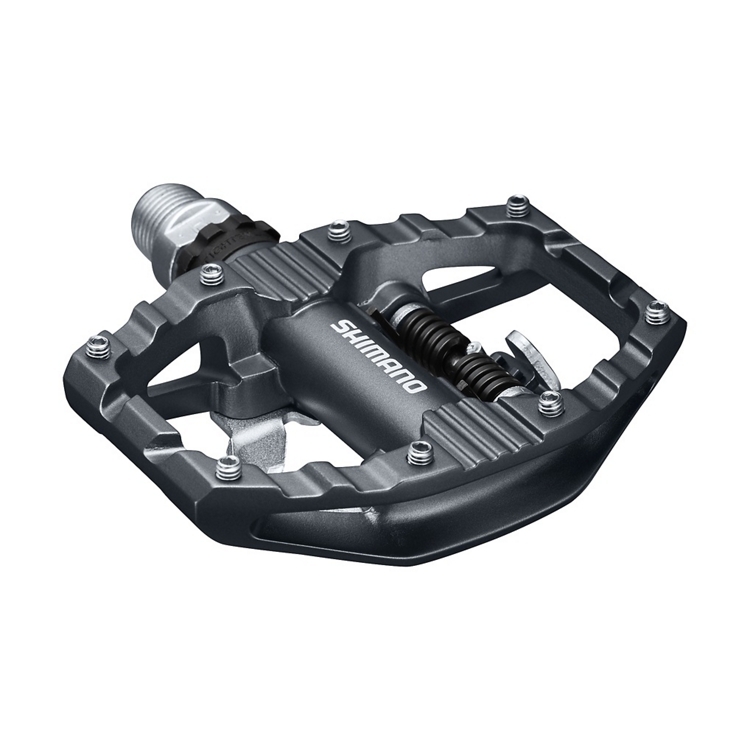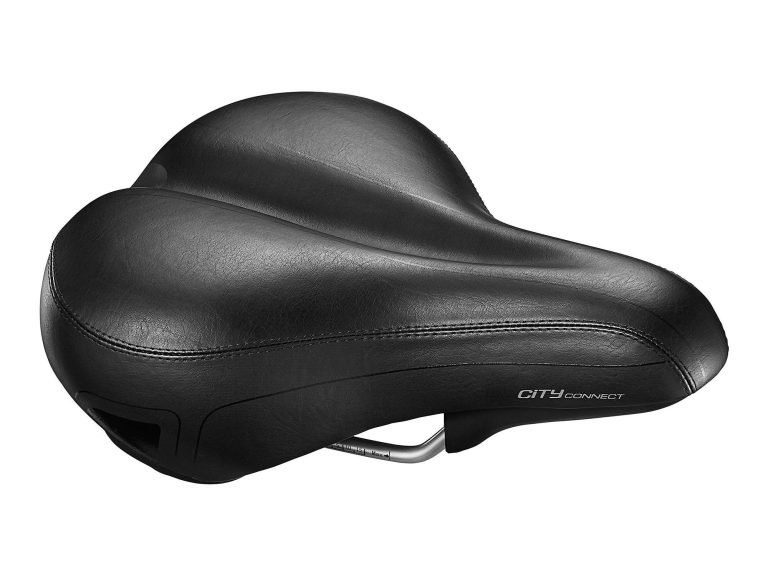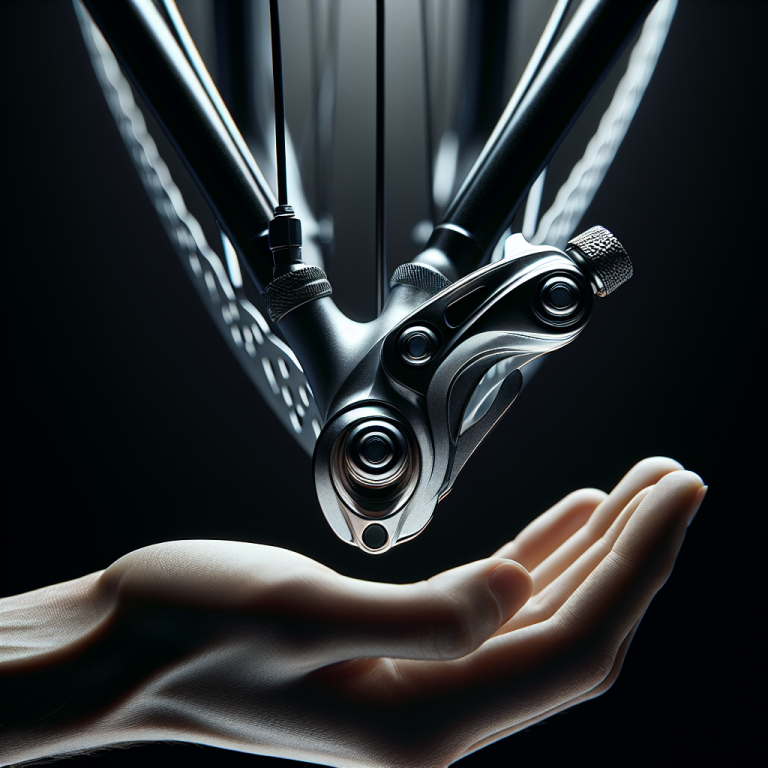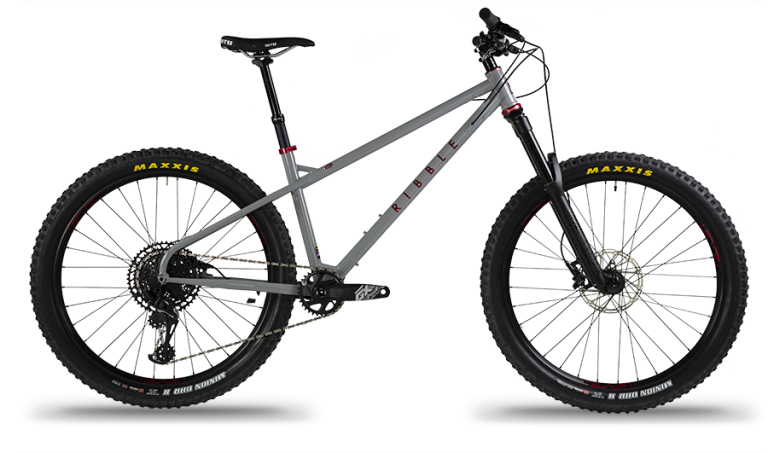Cycling helmets are an essential safety accessory for riders of all skill levels. However, there has been some debate surrounding the importance of proper fitting. This article explores the significance of a well-fitted cycling helmet and the potential risks of wearing one that does not fit properly. Whether you’re a seasoned cyclist or just starting out, understanding the importance of a properly fitted helmet could be the key to ensuring your safety on the road.
Table of Contents
ToggleHelmet Fit: Why It Matters
When it comes to cycling safety, one of the most important factors to consider is the fit of your helmet. A properly fitting helmet can make all the difference in protecting your head in the event of an accident. It is essential to understand why helmet fit matters and the potential risks of wearing an ill-fitting helmet. This article will guide you through the factors to consider when determining the right fit for your helmet, how to measure your head size accurately, guidelines for fitting your helmet correctly, and the importance of proper fit for different cycling disciplines and children.
Proper Helmet Fit
A proper helmet fit ensures that your head is fully protected and comfortable during your cycling adventures. It should provide coverage for the most vulnerable areas of your head, including the temples, forehead, and the back of the head. A well-fitted helmet should sit snugly on your head without any gaps or excessive movement. It should offer stability, reduce the risk of displacement during impact, and maximize its protective capabilities.
The Importance of Helmet Fit
Having a helmet that fits correctly significantly enhances your safety on the road. A helmet that is too loose may not stay in place during a crash, rendering it ineffective in mitigating head injuries. Conversely, a helmet that is too tight can cause discomfort, distract you from focusing on the road, and even impair your circulation. To ensure optimal protection and a comfortable ride, it is crucial to consider various factors when choosing and fitting a helmet.
Factors to Consider
When it comes to helmet fit, several factors should be considered to ensure the best possible protection and comfort. These factors include head size and shape, helmet size, adjustable features, and the retention system of the helmet.
Head Size and Shape
The first step in finding the right helmet fit is understanding your head size and shape. To measure your head accurately, you can use a tape measure. Wrap the tape measure around the circumference of your head, just above your eyebrows and ears. Note down the measurement in centimeters or inches. Remember that different helmet brands may have specific sizing guidelines, so refer to the manufacturer’s instructions to find the appropriate size range for your head measurements.
Helmet Size
Once you have determined your head size, it is time to choose the right helmet size. Helmets typically come in small, medium, large, or extra-large sizes. Each size range corresponds to specific head circumference measurements. Select a helmet size that matches your head measurements within the manufacturer’s recommended range. Trying on different helmet sizes can help you find the best fit for your head shape and size.
Adjustable Features
Many helmets come with adjustable features that allow for a more personalized fit. These features may include adjustable straps, fit systems, and removable pads. Adjusting these features can help fine-tune the helmet’s fit to accommodate variations in head shape and ensure a secure and comfortable fit.
Retention System
Another crucial factor to consider is the helmet’s retention system. This refers to the mechanism used to secure the helmet on your head. Most commonly, retention systems consist of adjustable straps and a buckle. The straps should be adjusted in a way that allows the helmet to sit level on your head, with the chin strap securely fastened under your chin. The retention system should provide a snug and stable fit without causing discomfort or constriction.
How to Measure Your Head Size
To measure your head size accurately, you can use a tape measure or a flexible measuring tape. Make sure the tape measure is level and snug, but not too tight, around your head, just above your eyebrows and ears. Take note of the measurement and refer to the manufacturer’s sizing chart to determine the appropriate helmet size for your head circumference.
Using a Tape Measure
To use a tape measure, start by positioning it at the center of your forehead, about one inch above your eyebrows. Wrap the tape measure around your head, ensuring it remains parallel to the ground. As you bring the tape measure around the side of your head, make sure it passes just above your ears and ends at the same point where you started. Read the number on the tape measure and note down your head circumference.
Choosing the Right Size
Once you have determined your head size, refer to the manufacturer’s sizing chart to find the appropriate helmet size. Remember that different helmet brands may have slightly different sizing guidelines, so double-check the specific brand’s recommendations. When trying on helmets, consider the snugness and stability of the fit. Your helmet should sit level on your head, with the front edge sitting just above your eyebrows.
Helmet Fitting Guidelines
To ensure the best possible fit for your helmet, there are several guidelines you should follow when positioning and evaluating the fit. These guidelines include properly positioning the helmet, checking the fit, evaluating the straps, and testing the stability.
Positioning the Helmet
To position your helmet correctly, place it squarely on your head, ensuring that it covers the top of your forehead without obstructing your vision. The front edge of the helmet should sit about one inch above your eyebrows. Make sure the helmet is level and parallel to the ground. Adjust the retention system and straps to achieve a secure and comfortable fit.
Checking the Fit
After positioning the helmet, check the fit by performing a few simple tests. First, try gently moving the helmet from front to back, side to side, and up and down. The helmet should not move more than an inch in any direction. If it does, you may need to adjust the straps or choose a different helmet size. Next, place your palms on the sides of the helmet and try to rotate it. The helmet should remain snug and not twist or slide around your head.
Evaluating the Straps
The straps of your helmet play a vital role in ensuring a secure fit. After positioning the helmet, adjust the straps so that they form a “Y” shape just below your ears. The straps should be snug but not too tight, allowing for one or two fingers to fit comfortably between the strap and your chin. Make sure the straps are not twisted and that the buckle is securely fastened under your chin.
Testing the Stability
To test the stability of the helmet, shake your head gently from side to side and up and down. The helmet should remain firmly in place without significant movement. If the helmet shifts or wobbles, readjust the straps and retention system until you achieve a stable and secure fit. Remember that a properly fitted helmet will stay in place during your ride, providing consistent protection.
Potential Risks of Improper Fit
Wearing an ill-fitting helmet can pose several risks that compromise your safety and overall cycling experience. These risks include reduced protection, less stability, and discomfort and distraction.
Reduced Protection
An improperly fitted helmet may not provide adequate protection in the event of an accident. Gaps or a loose fit can diminish the helmet’s ability to absorb and distribute the impact forces, increasing the risk of head injuries. To ensure maximum protection, it is crucial to choose a helmet that fits properly and snugly on your head.
Less Stability
A helmet that does not fit securely on your head can compromise your stability while riding. If the helmet is too loose, it may shift or rotate during sudden movements or impacts, resulting in a loss of balance. A stable helmet provides confidence and allows you to focus on enjoying your ride without worrying about its positioning.
Discomfort and Distraction
Wearing a helmet that is too tight or has pressure points can lead to discomfort and distraction during your ride. It can cause headaches, soreness, and even restrict blood flow. Discomfort and distraction can hinder your concentration on the road, increasing the risk of accidents. A properly fitted helmet should feel comfortable and secure without causing any pressure or discomfort.
Helmet Fit for Different Cycling Disciplines
Different cycling disciplines may require specific helmet fits to accommodate the unique demands of each activity. Here are some considerations for helmet fit in different cycling disciplines:
Road Cycling
Road cycling helmets are designed to be lightweight, aerodynamic, and well-ventilated. They typically have a close-fitting design to cater to the high speeds and long distances covered in road cycling. When fitting a road cycling helmet, prioritize a snug fit and secure retention system to ensure the helmet stays in place even during fast-paced rides.
Mountain Biking
Mountain biking helmets often provide more coverage than road cycling helmets to protect the rider from potential impacts on rough terrains. These helmets usually have built-in visors for sun and debris protection. When fitting a mountain biking helmet, consider the helmet’s coverage and adjustability to cater to various trail conditions and riding styles.
BMX and Freestyle
BMX and freestyle cycling involve high-intensity tricks and jumps, requiring helmets with additional padding and protection. These helmets are designed to withstand multiple impacts and provide coverage for the back of the head as well. When fitting a BMX or freestyle helmet, ensure a secure fit and extra protection for your entire head.
Commute and Urban
Helmets for commuting and urban cycling prioritize comfort, visibility, and versatility. They often feature built-in lights, reflective elements, and increased ventilation for urban environments. When fitting a helmet for commuting, assess its visibility features, proper fit, and practicality for everyday use.
Helmet Fit for Children
Children require helmets that are specifically designed for their smaller heads and growing bodies. Proper helmet fit is crucial for children to ensure their safety while cycling. Consider the importance of a proper fit, age-specific guidelines, and adjusting the helmet as they grow.
Importance of Proper Fit for Children
Children’s heads are still developing, and their skulls are more flexible and vulnerable to injuries than adults. Therefore, it is essential to prioritize a proper helmet fit for children to optimize their safety on the road. An ill-fitting helmet may not provide sufficient protection and can increase the risk of head injuries.
Age-Specific Guidelines
Different age groups require different helmet sizes and adjustments. It is crucial to follow age-specific guidelines to ensure that the helmet fits properly and comfortably while providing adequate protection. Younger children may need helmets with additional padding and more adjustable features to accommodate their growing heads.
Adjusting as They Grow
Children grow rapidly, and it is important to adjust their helmets accordingly. Regularly check the fit of their helmets and make necessary adjustments as they grow. Consider investing in adjustable helmets that can accommodate a range of head sizes and provide a secure fit throughout their growth stages.
Common Helmet Fit Issues
There are some common helmet fit issues that you may encounter, including a loose helmet, a tight helmet, helmet slippage, and pinching or pressure points.
Loose Helmet
A loose helmet may shift or wobble on your head, compromising its stability and protection. To resolve this issue, try adjusting the retention system to achieve a snugger fit. If the helmet still feels loose, you may need to consider a smaller size or a different helmet model that better suits your head shape.
Tight Helmet
A tight helmet can cause discomfort, restrict blood flow, and distract you from enjoying your ride. If your helmet feels too tight, try adjusting the straps and retention system to loosen the fit. If the issue persists, consider a larger helmet size or a different helmet model with a more accommodating shape.
Helmet Slippage
Helmet slippage occurs when the helmet moves from its intended position during movements or impacts. To prevent slippage, ensure the helmet is snugly secured on your head. Adjust the straps and the retention system to achieve a secure fit. If the slippage persists, consider a different helmet or consult a professional for further assistance.
Pinching or Pressure Points
Pinching or pressure points can cause discomfort and distract you from the road. To address this issue, try adjusting the pads and straps to redistribute the pressure evenly around your head. Ensure the helmet is not overly tight in specific areas and consider helmets with adjustable padding for a more customizable fit.
Professional Helmet Fitting Services
If you are unsure about fitting your helmet correctly or want to ensure the best possible fit, professional helmet fitting services are available. These services offer expert guidance and assistance in choosing the right helmet and adjusting it properly to your specific needs.
Benefits of Professional Assistance
Professional assistance can provide you with valuable insights into helmet selection, fit customization, and positioning. They can help you identify any fit issues and suggest solutions tailored to your head shape and size. A trained professional can ensure that your helmet offers optimal protection, stability, and comfort.
Availability and Cost
Professional helmet fitting services are often available at local bike shops and cycling-specific stores. Some retailers may offer these services free of charge, while others may charge a nominal fee. It is worth considering this option, especially if you are a beginner or have difficulty finding a helmet that fits well.
Custom-Fitted Helmets
For individuals with unique head shapes or specific requirements, custom-fitted helmets are an option worth exploring. These helmets are individually designed and manufactured to provide a precise fit for maximum comfort and protection. While custom-fitted helmets may be more expensive, they offer unparalleled customization and a tailored fit.
Maintenance and Replacement
Regular maintenance and timely replacement are essential for ensuring the ongoing effectiveness of your helmet. Over time, helmets can deteriorate due to wear and tear, and their protective capabilities may become compromised. It is important to conduct regular inspections, be aware of signs of helmet aging, and know when to replace your helmet.
Regular Inspections
Regularly inspect your helmet for any signs of damage, such as cracks, dents, or loose components. Check the straps, buckles, and the retention system for any signs of wear or damage. If you notice any issues, replace the damaged parts or consider purchasing a new helmet.
Signs of Helmet Aging
Helmets age naturally, and their materials can degrade over time, especially with frequent use. Signs of helmet aging may include fading or peeling of the outer shell, altered fit or stability, or a deterioration in the helmet’s overall condition. If you notice any significant changes or concerns about your helmet’s effectiveness, it may be time to replace it.
When to Replace a Helmet
The lifespan of a helmet can vary depending on factors such as usage, exposure to the elements, and the manufacturer’s recommendations. As a general guideline, it is recommended to replace your helmet every five years, even if it appears to be in good condition. If your helmet has been involved in a crash or sustained a significant impact, it should be replaced immediately, regardless of its age.
In conclusion, helmet fit plays a crucial role in ensuring your safety and comfort while riding. Properly fitting a helmet involves considering factors such as head size and shape, choosing the right helmet size, adjusting the straps and retention system, and testing the helmet’s stability. Wearing an ill-fitting helmet can lead to reduced protection, less stability, discomfort, and distraction. It is important to choose a helmet that fits correctly for different cycling disciplines and children, following age-specific guidelines. If unsure, professional helmet fitting services are available to assist you. Regular maintenance and timely replacement are also essential to ensure your helmet’s ongoing effectiveness. Prioritizing a proper helmet fit will contribute to a safer and more enjoyable cycling experience.

